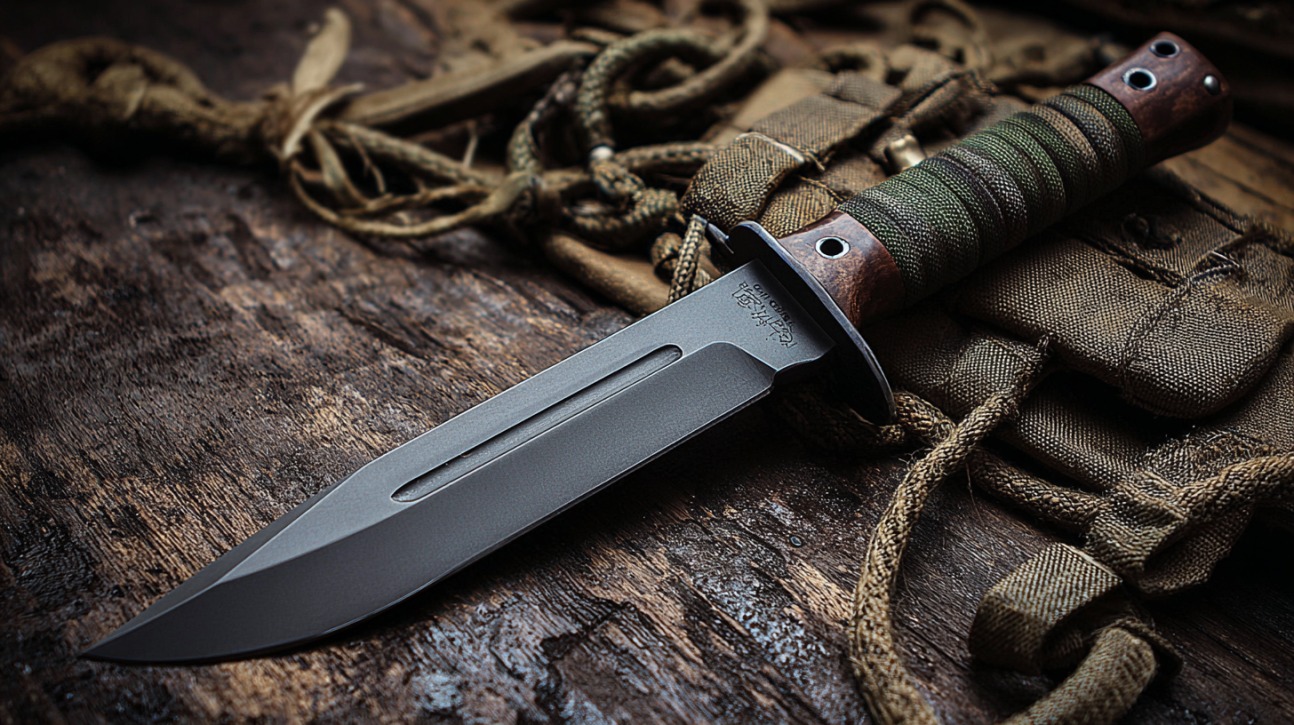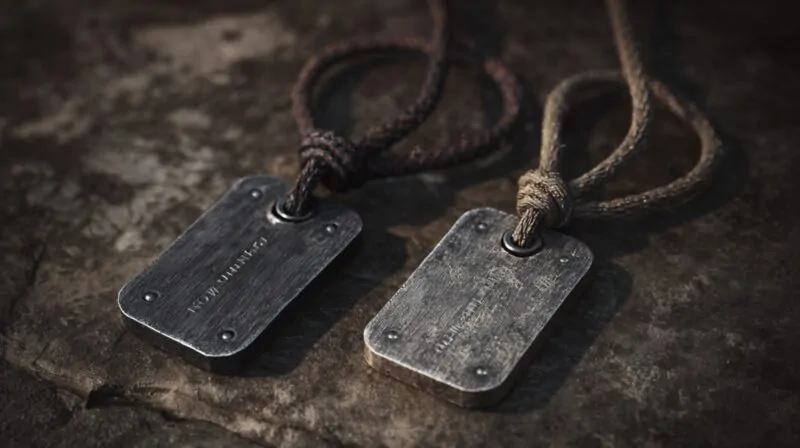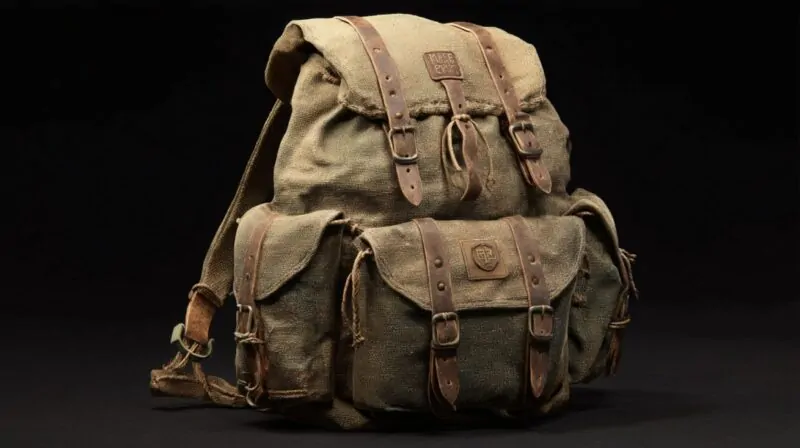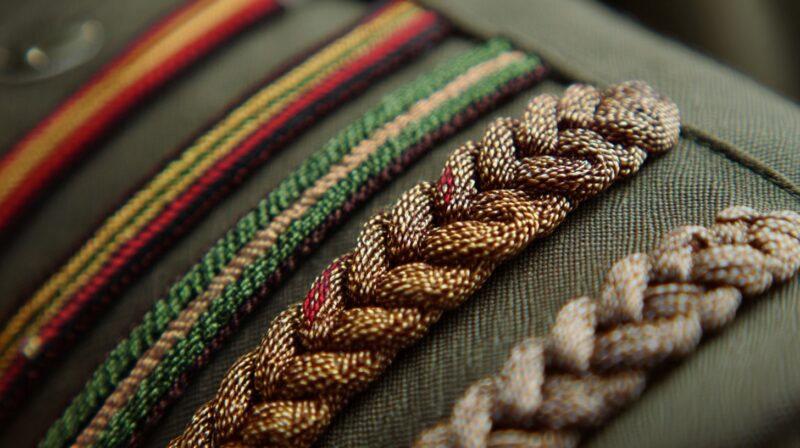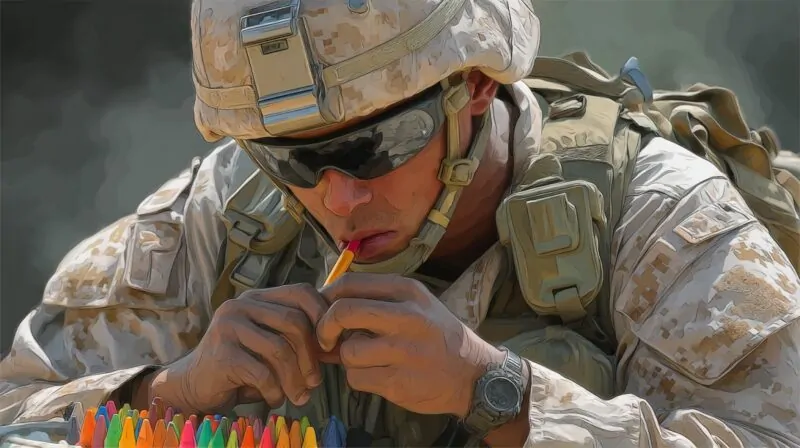Combat knives have long served as essential tools in both military and civilian contexts. For soldiers, a knife is not only a weapon but also a survival instrument capable of handling diverse battlefield tasks.
Civilians rely on military-grade designs for self-defense, outdoor survival, and rescue situations.
In 2025, with advanced materials, evolving designs, and shifting laws, it becomes important to know what separates a standard blade from a true military-grade combat knife.
Specifications, brands, and legal frameworks all contribute to what makes a knife battle-ready while still usable in civilian life.
Key Specifications of Military-Grade Combat Knives
A knife earns its reputation as military-grade through materials, design, and construction that perform under stress.
Ergonomics and multifunctionality also separate a combat-ready tool from an ordinary blade.
Examining each of these specifications reveals what makes a knife suited for tactical and survival applications.
Blade Materials
Steel composition determines sharpness, toughness, and ease of maintenance.
High-performance steels dominate the category of military-grade knives.
- 1095 high-carbon steel: Exceptional sharpness and edge retention, ideal for fieldwork, but prone to corrosion without care.
- D2 tool steel: High hardness and resistance to wear, suitable for extended cutting tasks.
- CPM-CruWear: Premium option balancing toughness and corrosion resistance, often chosen for professional tactical knives.
- Stainless steel options: Provide superior rust resistance and require less upkeep, though sometimes lacking the edge longevity of carbon-based steels.
Blade Design
Design affects both combat effectiveness and survival utility.
Knives are shaped with different purposes in mind.
- Tanto blades: Strong tips ideal for piercing armor or tough surfaces.
- Drop-point blades: Versatile for slicing and cutting, suitable for all-around field use.
- Spear-point blades: Balanced for stabbing and slashing, often found in traditional fighting knives.
- Serrated sections: Useful for cutting through rope, straps, or fibrous material.
- Specialized tips: Glass breakers and prying edges expand the knife’s functionality in emergencies.
Construction
Durability is determined by how a knife is built.
A strong blade can fail if paired with weak construction.
- Full tang designs: Blade steel extends through the entire handle, offering unmatched strength.
- Partial tang designs: Save weight but sacrifice toughness under stress.
- Fixed blades: Maximum reliability with no moving parts, favored by military professionals.
- Folding knives: More convenient for everyday carry and concealment, yet less durable than fixed models.
Handle Ergonomics
Control and safety depend on handle quality.
Materials and design elements ensure effectiveness in demanding conditions.
- Micarta: Resin-soaked linen or canvas offering durability and a solid grip.
- G-10: Fiberglass-based laminate, lightweight and strong, ideal for tactical environments.
- Textured rubber grips: Maintain traction when wet or covered in debris.
- Finger guards and contours: Prevent the hand from slipping onto the blade during forceful strikes.
Multifunctional Features
Modern combat knives often serve as more than blades. Additional tools increase survival value and broaden tactical applications.
- Seatbelt cutters: Life-saving tools in vehicle extractions.
- Glass breakers: Provide escape methods in emergencies.
- Fire starters: Enable survival in wilderness situations.
- Integrated survival tools: Consolidate multiple functions into a single, combat-ready package.
Combat-Proven Knife Models
@theblitzcorp 🔪 Ever wondered how soldiers become knife combat experts? From the razor-sharp precision of each slice to the lightning-fast reflexes honed under pressure, soldiers undergo intense drills to master this essential skill! Ready to discover the secrets behind their mastery? 🤔 🎯 Tag a friend who’s curious about military training and join us as we give you the fascinating journey soldiers undertake to master knife combat #knifecombat #militarytraining #eliteskills #adrenalinerush #tagafriend #jointhejourney #airforce #navy #militaryinaction #intensetraining ♬ original sound – BlitzCorp
Military-grade knives gain credibility by proving themselves in real combat or tactical environments.
Some models carry decades of history, while others represent modern innovation trusted by today’s operators.
Military-Issued Knives
Traditional-issue knives set the standard for toughness and battlefield practicality.
- KA-BAR (USMC): Iconic design, trusted by Marines for generations.
- M9 Bayonet: Attaches to rifles, doubling as a combat blade and utility tool.
- M4 and M5 bayonets: Predecessors with historical importance and practical battlefield use.
- Fairbairn-Sykes Fighting Knife: Classic commando weapon, built for precision strikes.
Issued models remain symbols of reliability and military heritage.
Modern Tactical & Military-Grade Knives
Contemporary blades reflect ongoing advancements in design and materials, created to meet modern tactical demands.
- Benchmade Infidel and Mini Adamas: Out-the-front and folding variants trusted for fast deployment and rugged build.
- Gerber Propel Auto: Favored by active-duty personnel for dependability.
- Microtech Ultratech: Compact out-the-front option with rapid deployment.
- Stroup Knives TU1 and GP2: Veteran-owned craftsmanship tailored for real-world use.
- ESEE-3 and TOPS Fieldcraft Mini: Blades suited for both combat and survival, bridging tactical needs with bushcraft readiness.
Modern models offer advanced features without losing the reliability expected in military applications.
Legal Considerations in 2025
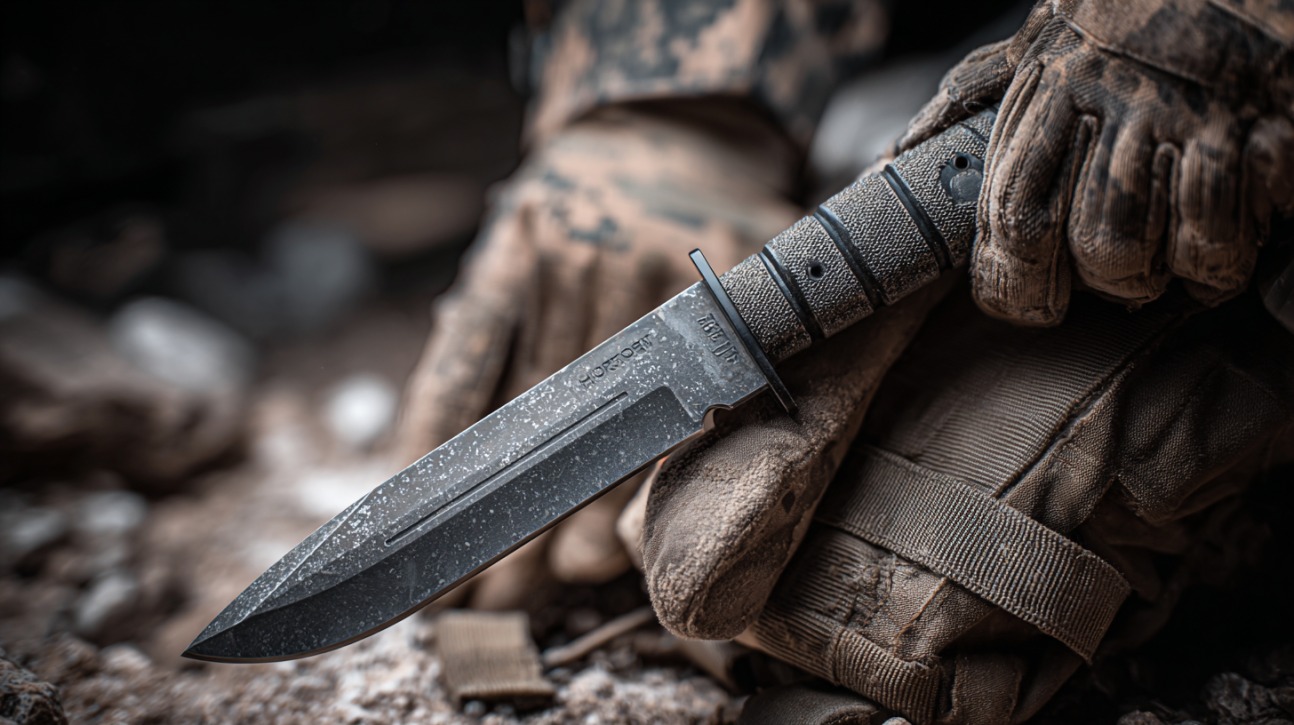
Carrying a combat knife in 2025 requires balancing functionality with awareness of laws.
Regulations differ not only across countries but also between individual states and even cities. What qualifies as legal in one area can be grounds for confiscation or charges in another.
Knowing how blade length, opening mechanisms, and carry methods are regulated ensures that a knife remains an asset rather than a liability.
Blade Length Regulations
Blade length is one of the most common areas where governments impose restrictions. Most laws treat knives over 3 or 4 inches as unsuitable for everyday carry, even if the blade is intended for utility rather than combat.
Larger knives are often viewed as weapons rather than tools, which brings stricter rules in urban areas.
A hiker carrying a survival knife in the wilderness may face no issues, while the same knife in a city could attract police attention.
- Everyday carry is often capped at 3–4 inches.
- Larger knives usually require specific justification such as outdoor work or hunting.
- Legal tolerance decreases in crowded or urban spaces.
Opening Mechanisms
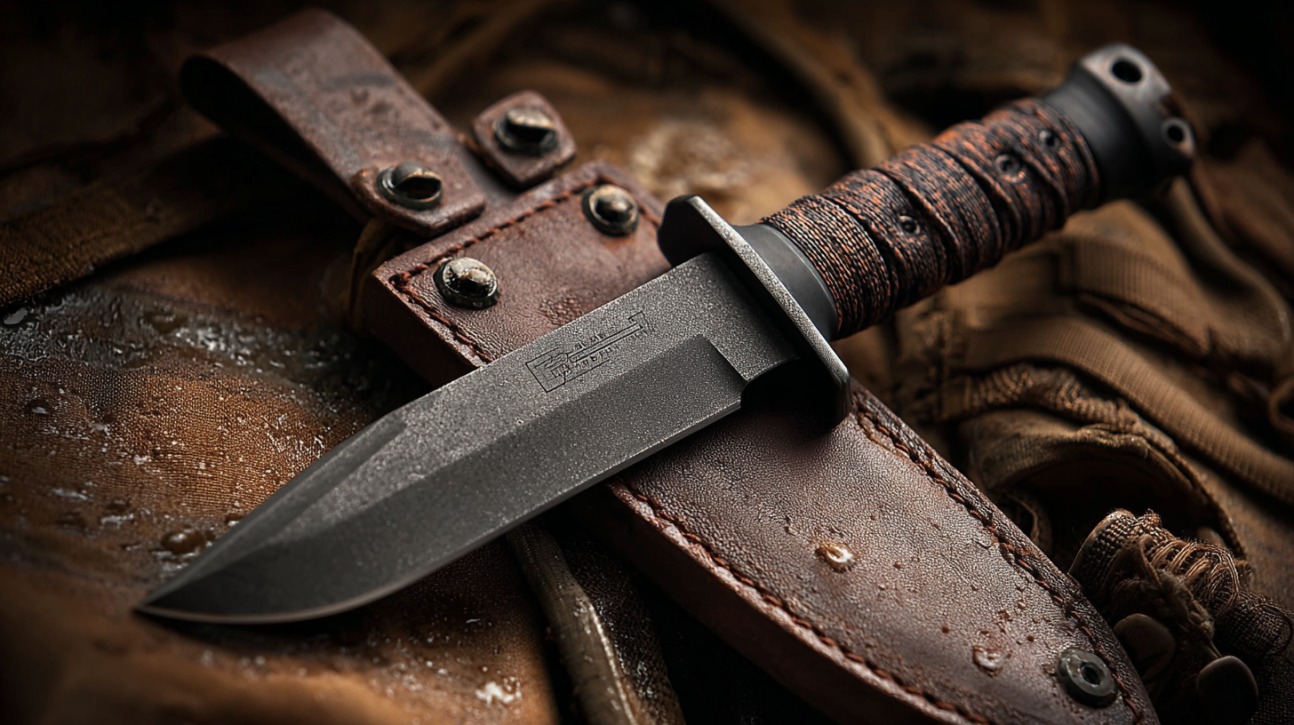
How a knife opens is just as important as its size. Manual folding blades are almost universally permitted, but assisted-opening and automatic designs bring added scrutiny.
Switchblades, in particular, remain highly restricted. While some jurisdictions have loosened bans in recent years, others enforce them strictly, resulting in fines or criminal charges for possession.
- Manual folders generally face no restrictions.
- Assisted-open knives are sometimes classified as switchblades depending on the mechanism.
- Automatic or OTF (out-the-front) knives remain banned in many regions.
Fixed vs. Folding Knife Laws
Fixed blades present a gray area in legislation. Authorities often associate them with combat, which makes them more restricted in public places.
Folding knives, by contrast, are easier to justify as work tools or personal safety devices.
That said, folding knives can also become problematic if they exceed blade length limits or fall under automatic classifications.
Concealment and Carry
Carrying a knife openly can be legal in some areas, yet still viewed negatively by the public.
Concealed carry is usually more tightly regulated, requiring a permit or falling under specific allowances. Misinterpreting these rules can quickly escalate into legal trouble.
Carrying openly may invite unwanted attention, while concealing without authorization risks fines or even arrest.
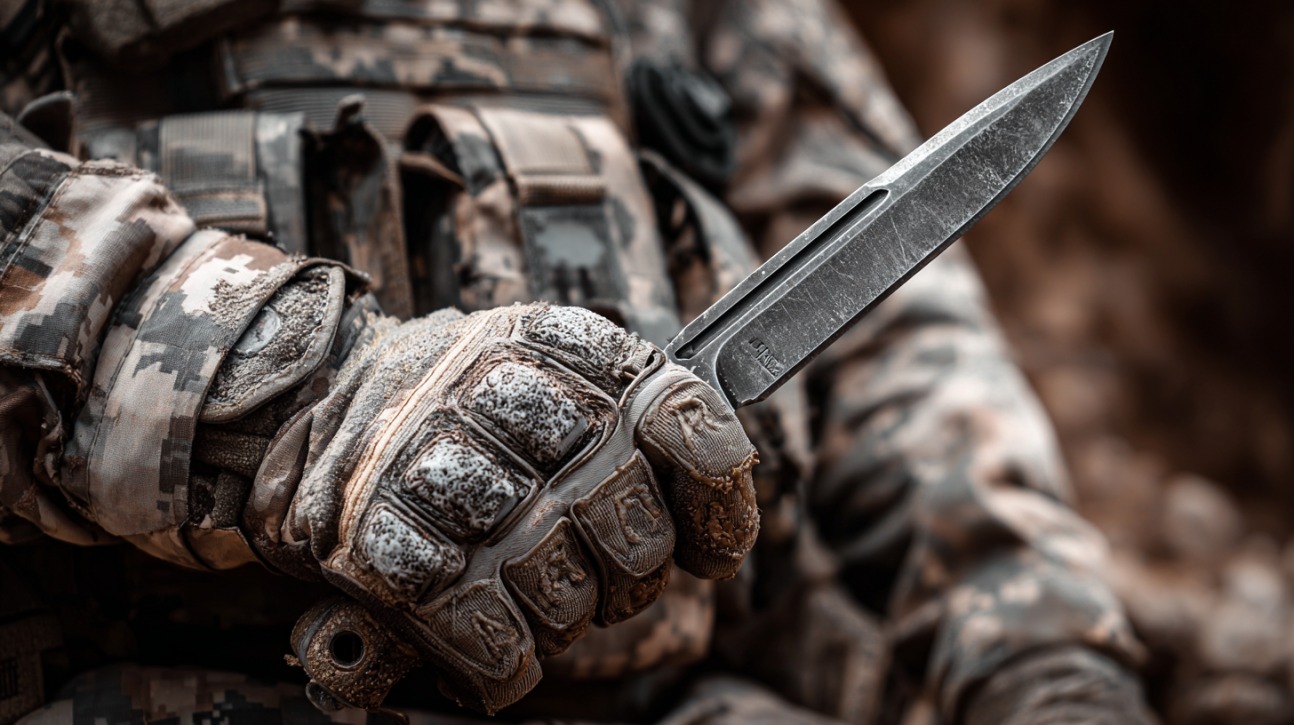
Resources for Checking Laws
Knife owners cannot rely on general assumptions, since legislation changes constantly.
Staying updated ensures lawful ownership and carrying. Online databases, state legislation websites, and organizations dedicated to knife rights provide current details on restrictions.
In some areas, even law enforcement agencies publish guides for clarity.
- State or national legal portals with updated regulations.
- Advocacy groups dedicated to tracking knife laws.
- Local authorities for city-specific rules.
Brands to Watch in 2025
- Those forged by veterans who translate battlefield experience into practical design
- Those produced by established companies that have spent decades perfecting tactical engineering
Together, they form a market that balances authenticity with innovation.
Veteran-owned companies often focus on knives that prioritize reliability above all else. They rely on firsthand knowledge of what fails and what succeeds in combat environments. Stroup Knives, for instance, has become a symbol of this approach.
Every blade is shaped with combat-tested insights, using materials sourced domestically to ensure strength and consistency. Buyers supporting such brands not only gain gear meant for actual field use but also contribute to the livelihood of former service members.
- Practical designs that reflect combat demands.
- Domestic production processes emphasizing durability.
- Business models that reinvest into veteran communities.
On the other side of the spectrum are long-established manufacturers that continue to dominate through innovation and reputation.
Benchmade represents precision machining and tactical efficiency, appealing to professionals who want high-performance tools.
ESEE has carved its reputation in survival circles, with knives trusted by adventurers and soldiers alike. TOPS Knives focuses on designs built for harsh and unpredictable conditions.
Gerber continues to hold relevance through its balance of affordability and reliability, while Microtech pushes automatic and out-the-front combat knife engineering further than most competitors.
- Benchmade emphasizes technical refinement.
- ESEE thrives on survival field testing.
- TOPS Knives delivers rugged, no-compromise durability.
- Gerber remains accessible while trusted by service members.
- Microtech leads innovation in rapid-deployment mechanisms.
Final Thoughts
A combat knife earns the title of military-grade by meeting rigorous demands in blade steel, design, handle ergonomics, and overall durability.
Iconic models issued to military units and modern tactical options reflect that blend of combat readiness and survival functionality. Legal considerations remain essential, as carrying a high-performance blade without proper awareness of restrictions can quickly lead to complications.
Supporting veteran-owned businesses adds further value, ensuring buyers not only get tools designed for real use but also contribute to those who served.
In 2025, a true military-grade knife balances combat performance, survival features, and lawful carry potential.
Related Posts:
- Top 7 Tactical Military Training Techniques for…
- Tupolev Tu-300 - Blending Speed, Stealth, and…
- Top Counter UAV Solutions to Combat Drone Threats
- How Is AI Used in the Military to Enhance Combat Strategies?
- US Military Ready to Combat Los Angeles Wildfires
- 7 Key Legal Differences Between Combat Injuries and…

